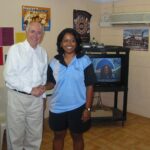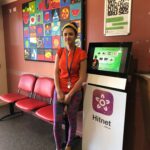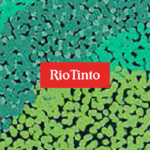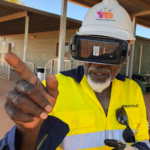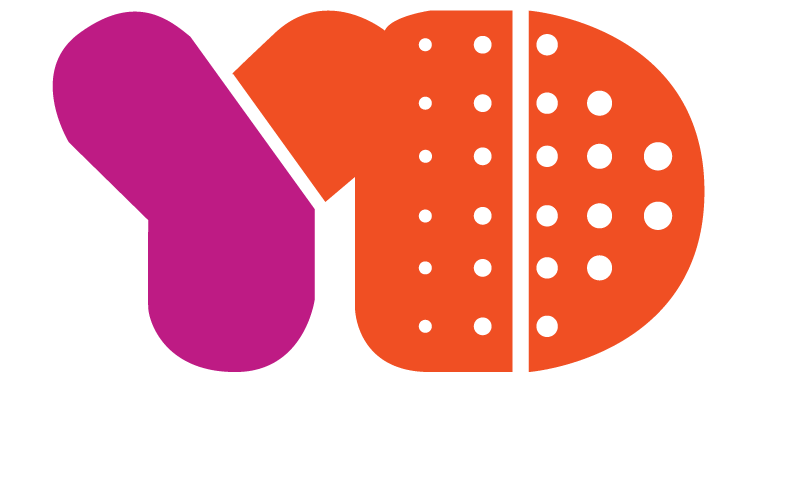CASE STUDY: BRIDGING THE GAP
Cultural Heritage and VR in the Mining Industry
Challenge:
Ensuring responsible mining practices requires ongoing communication and collaboration with Traditional Owners. However, traditional communication methods often struggle to effectively convey the scale and impact of mining projects. This can lead to misunderstandings, frustration, disruptions to project timelines and a breakdown of critical relationships.
Solution:
Steven Pelham Steven Pelham, working within a mining company with a Land Use Agreement with the Wik-Waya Traditional Owners of Aurukun, encountered a critical communication challenge. The planned construction of a bridge over Winda Winda Creek raised concerns for the Chief Elder regarding a sacred men’s business site downstream. Traditional explanations about potential impacts on water flow and the “Old People” (spirits of ancestors) were not effectively communicated through existing methods.
Recognising the Need for Culturally Appropriate Communication:
Steven understood the importance of respecting Indigenous communication styles and addressing concerns through culturally appropriate methods.
The Power of Virtual Reality:
Steven led the development of a fully immersive 3D virtual reality (VR) tour of the mining operations. This innovative solution allowed the Wik-Waya Elders and signatory families to experience the project site firsthand. They could virtually walk the land, see the existing environment, and then visualise the completed project.
Impact:
The VR experience proved transformative. By experiencing the project virtually, the Traditional Owners gained a clear understanding of the scale of the construction and its potential impact on the land. This transparency facilitated open communication and addressed the Chief Elder’s concerns about the sacred site. After experiencing the VR tour and revisiting Winda Winda Creek, the Chief Elder’s statement, “the old people are happy now,” served as a powerful indicator of the project’s success.
Key Considerations:
- Culturally Sensitive Communication: Traditional communication styles were respected by utilising VR technology to bridge the gap between technical information and cultural understanding.
- Building Trust: VR fostered transparency and trust by allowing Traditional Owners to visualise the project firsthand.
- Collaborative Solutions: The VR solution emerged from a collaborative problem-solving approach that prioritised the concerns of the Wik-Waya Traditional Owners.
This case study demonstrates how Steven leveraged innovative technology to bridge the communication gap between a mining company and Traditional Owners. The project highlights the importance of culturally appropriate communication and collaboration in achieving successful and sustainable mining practices.
TRADITION OWNERS REACHED
800
PROJECT VALUE (AUSTRALIAN $)
180K
IMPROVED STAKEHOLDER SATIFACTION
+42%
REDUCED PROJECT DELAYS
+14%
More case studies…
